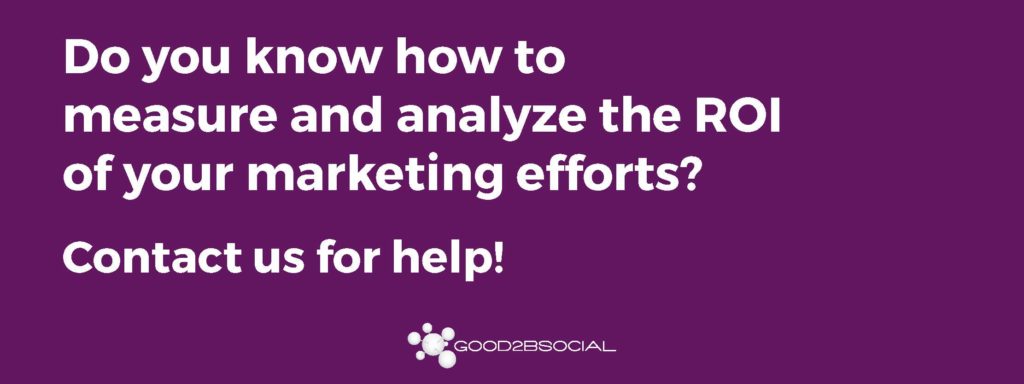
How Law Firms Can Create Custom Reports on Google Analytics

With custom reports, you can get the data that is most important to your firm, helping you gain a better understanding of what is happening on your website. These step-by-step instructions will show you just how simple it is to set up custom reports on Google Analytics.
Creating Custom Reports
To create a custom report, start by logging into Google Analytics. Go to the Customization section and choose Custom Reports. On this page, click +New Custom Report. You will fill in some basic information, including the name for the custom report.
Selecting the Report Type
From there, it is time to choose the type of custom report. Every custom report will have a single tab by default, but you can add more if you want to. There are three types of reports that you choose from. Choose the type of report you want from the three options directly underneath the tab name.
Explorer is the standard report. There are a data table and a line graph, including secondary dimensions, search, and sort. Map Overlay shows a world map with countries and regions colored darker when they have more site engagement or traffic. Flat Tables are static with sortable tables.
Defining the Report Metrics
Since this is a custom Google Analytics report, you get to customize the metrics. They will vary based on your chosen report type, but the metrics you select will always determine the data that gets included in the report. To add your chosen metrics, just click +add metric in the Metric Groups heading. Some metrics available include things like bounces, bounce rates, exits, average time on page, and average session duration, but there are many more metrics than this.
You can refine metrics more with a dimension. Choose + add dimension to get options to divide metrics by factors like browser version or size.
Using Filters
If you want, you can also add filters to the custom report. These will filter out the data that appears in the report. For example, maybe your law firm only wants data on a specific browser version. Click + add filter and look at the various filters that you can add.
Saving and Using Custom Reports
Once you finish all of the above steps, do not forget to save your custom report. After clicking save, Google Analytics will automatically show you the custom report data. You can find your custom reports again in the future by going to Customization and Custom Reports, then choosing the correct report.
You can then use the information in your custom report to get any type of information that you need, whether or not it is already built into an existing Google Analytics report. Remember that you can also make multiple custom reports or add tabs to your existing ones.
Takeaway
Google Analytics is a great tool for law firms – when the data you’re collecting is actually useful. By learning to create custom reports and glean insights that actually matter to your firm you can begin to make data-driven decisions and strengthen your marketing strategy. If your law firm needs help creating custom reports on Google Analytics, we can help.
Are you ready to get started generating new, qualified leads?
Contact us to get started and let us help you energize your digital marketing and business development efforts.
Contact Us

